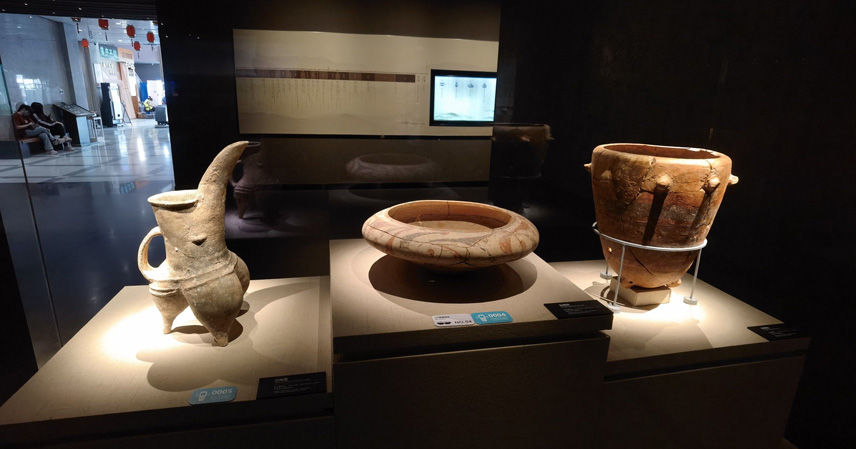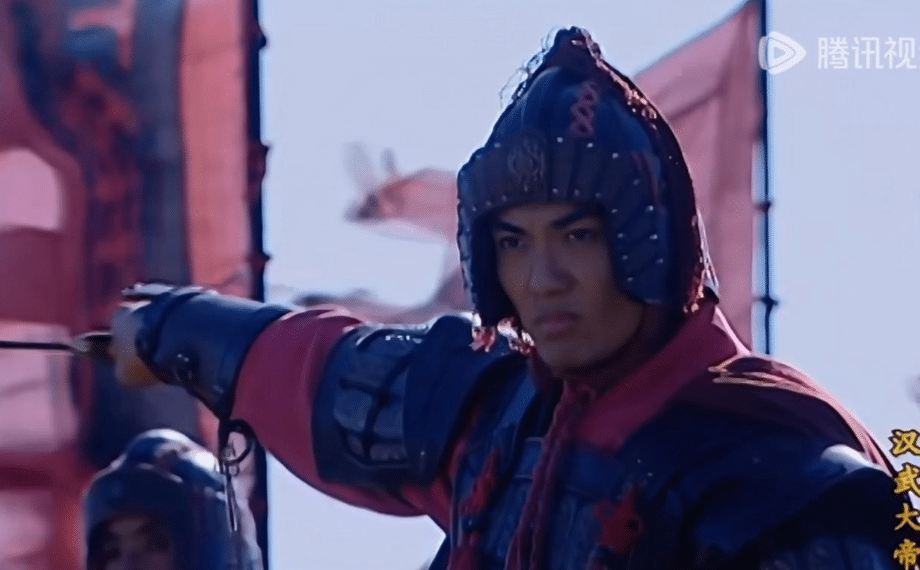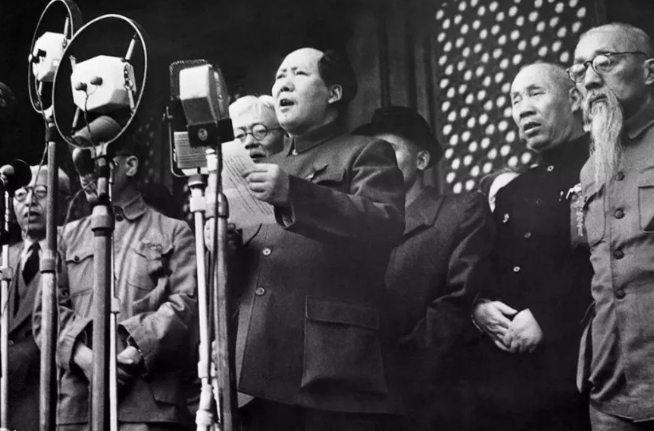Often overshadowed by Jiangsu’s more famous cities like Nanjing, Suzhou, and Yangzhou, Xuzhou boasts a profound historical legacy. As the birthplace of Emperor Gaozu (Liu Bang), who defeated Xiang Yu in the Chu-Han War to found the Western Han Empire, Xuzhou is the cradle of Han culture, the origin of the terms “Han people” and “Han studies,” rooted in a dynasty spanning 426 years. In 201 BCE, Liu Bang enfeoffed his half-brother Liu Jiao with this strategic, fertile land, establishing the Chu State centered in Pengcheng (modern Xuzhou). During the Western Han, twelve Chu kings ruled here, followed in the Eastern Han by one Chu king and five Pengcheng kings. Over the Two Han periods, Xuzhou flourished politically, economically, and culturally.
The Xuzhou Museum houses treasures that vividly showcase the splendor of the Han Dynasty, particularly the Western Han’s Chu State. While the golden-threaded jade suit is its most famous artifact, the museum’s collection reveals far more about Han artistry, craftsmanship, and culture.
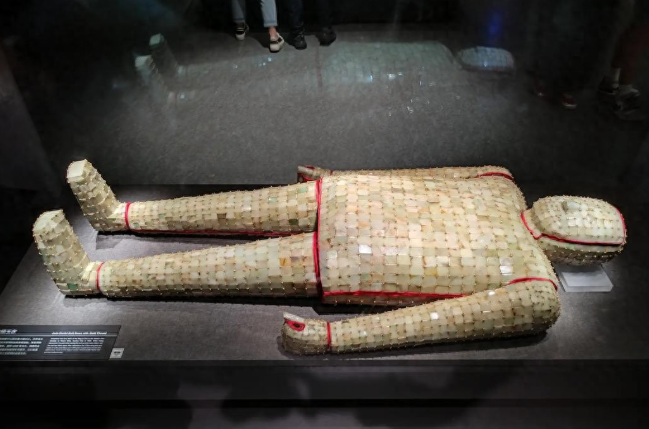
Golden-Threaded Jade Suit
Unearthed between 1994 and 1995 from the Lion Mountain Chu King’s Tomb, this is China’s earliest, most complete, and finely crafted jade suit. Composed of 4,248 Hetian jade pieces from Xinjiang, woven with 1,576 grams of gold thread, it measures 175 cm long and 68 cm wide. Its intricate design and seamless assembly reflect the Han Dynasty’s unparalleled jade craftsmanship.
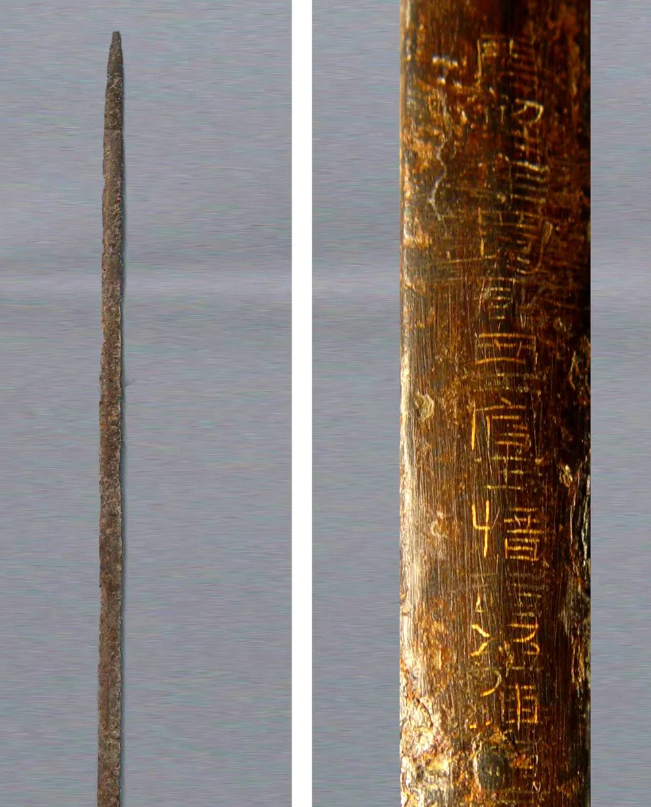
“Fifty-Forged” Steel Sword
This 109 cm-long sword, as thin as 3 mm at its narrowest, was forged by Chengdu artisan Wang Yin during Emperor Zhang’s reign in the Eastern Han. Named for undergoing at least fifty forgings, this national first-class artifact rewrote China’s history of bronze swords. Unearthed still razor-sharp, it could slice through over ten layers of thick paper effortlessly.
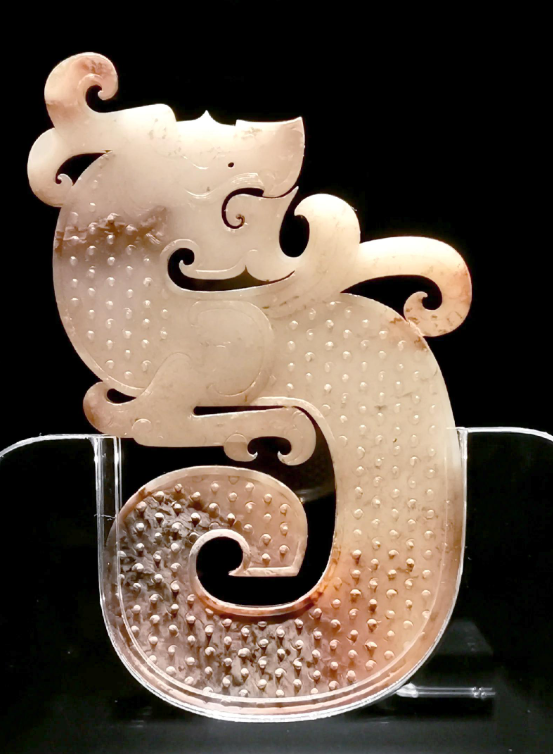
S-Shaped Jade Dragon
Discovered in the Lion Mountain Chu King’s Tomb, this piece is carved from translucent Hetian white jade with a glassy sheen and subtle discoloration. The dragon’s body curls into an S-shape, with a drilled hole below the eye for wearing as a pendant. A masterpiece of Han jade carving, it exemplifies the era’s exquisite artistry.
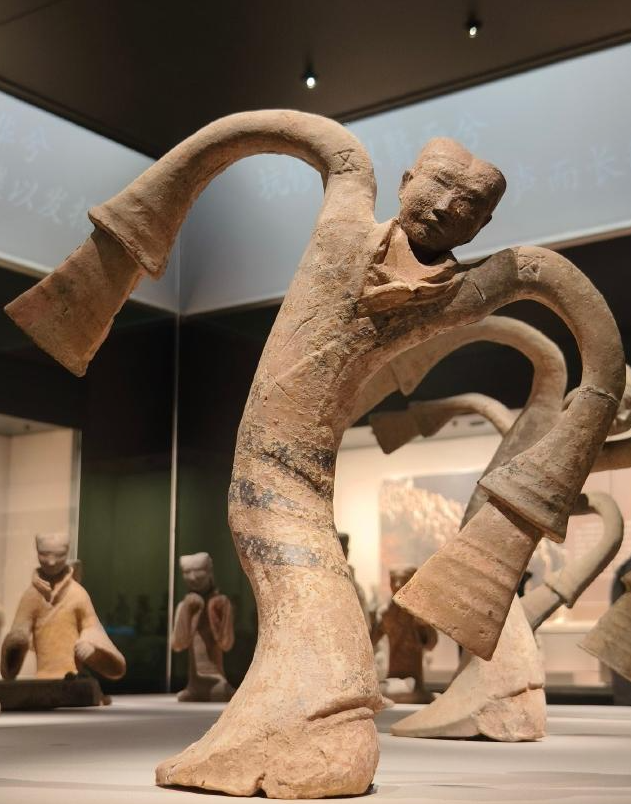
Pottery Dancer in Long-Sleeved Robe
Found in the Tuolan Mountain Western Han Chu King’s Tomb, this figurine depicts a dancer in a flowing, wrapped robe with hair parted and tied into a bun. With delicate features, a graceful S-shaped pose, raised arms, and sleeves trailing dynamically, it captures the elegance of early Western Han dance. Unique to Xuzhou, it’s a vital artifact for studying Han Dynasty dance forms.
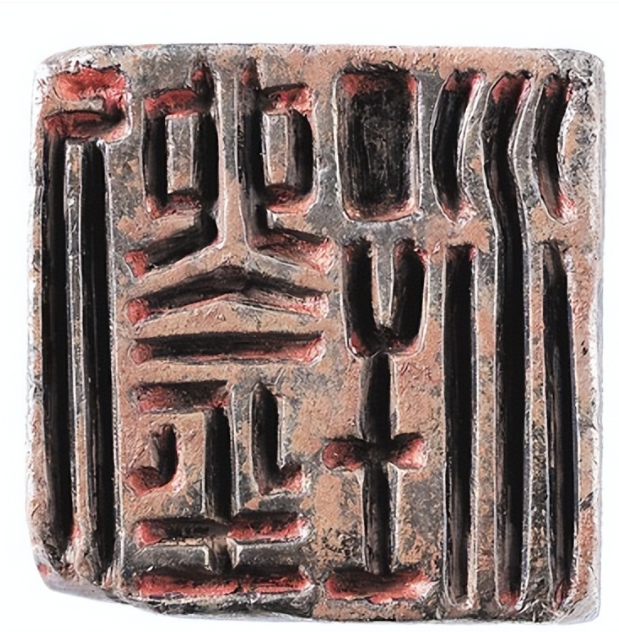
Liu Zhu’s Silver Seal
Excavated from the Guishan Western Han Chu King’s Tomb, this seal belonged to Liu Zhu, the sixth Chu king. A significant historical relic, it offers valuable insights into the history and culture of the Han Dynasty’s Chu State.
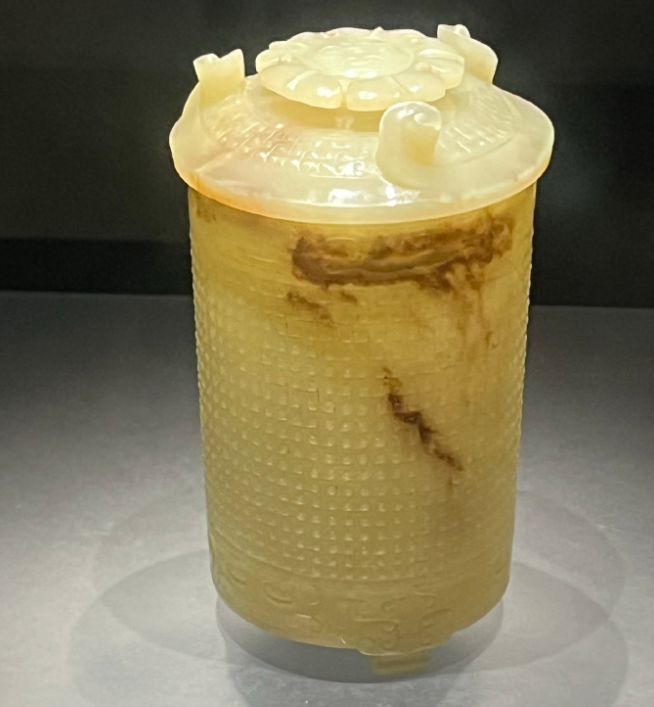
Jade Zhi (Wine Vessel)
Also from the Lion Mountain Chu King’s Tomb, this zhi, an ancient wine vessel, is carved from translucent Hetian white jade. Its body cleverly uses the jade’s natural reddish-brown “sugar” hue to create intricate cloud-pattern reliefs. Comprising the vessel, lid, and base, its precise fit and complex craftsmanship make it a rare find in Han archaeology, reflecting the opulent lifestyle and advanced jade artistry of the Western Han royalty.
These national treasures collectively highlight the remarkable achievements of the Han Dynasty, especially the Western Han’s Chu State, in politics, military, rituals, and craftsmanship. A visit to Xuzhou is incomplete without exploring the Xuzhou Museum to experience the grandeur of the Han Dynasty firsthand.

